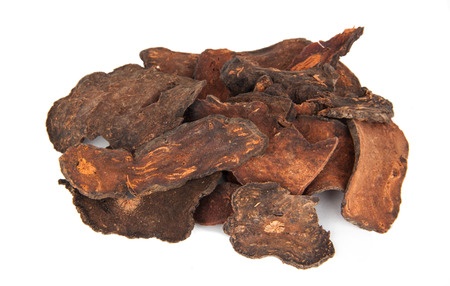Chinese Knotweed - Polygonum multiflorum

Common Names: Chinese Knotweed, Fo-ti, He Shou Wu, Flowery Knotweed root, Polygonum multiflorum, Fallopia multiflora, Fleeceflower root, Shou Wu Pian, Ho Shou Wu, tuber fleeceflower, Chinese climbing knotweed, global: Polygonum multiflorum
Latin Name: Polygonum multiflorum
Origin: Africa, Asia, Australia, Europe, South America, North America
Short Introduction
The advantage of Chinese Knotweed lies in its weedy character. It grows rapidly and virtually anywhere—thriving in both urban and rural environments—often underfoot without us even noticing. However, it is not very frost-tolerant, so it's advisable to move it indoors during colder periods.
Detailed Description
A foundational ingredient in anti-aging remedies of traditional Chinese medicine.
Botanical Information
Chinese Knotweed is an annual climbing herb that grows to a height of 2 to 4 meters from the base of the root (with total lengths reaching up to 10 meters). Its leaves are irregular, measuring approximately 3–7 cm long and 2–5 cm wide, with smooth edges and an arrowhead-shaped tip. The flowers are tiny, about 0.5 mm in diameter, white to greenish, and bloom from summer through fall.
Origin and Distribution
Chinese Knotweed originates from the plains of central and southern China, though today it can be found across much of the world.
Usage / Dosage
The most substantial tradition of medicinal use for Chinese Knotweed is in traditional Chinese medicine, where it is prized for its anti-aging properties, making it renowned as the "elixir of life".
The root of Chinese Knotweed is widely included in traditional Chinese remedies due to its well-known strengthening and anti-aging effects. It is commonly used in formulations recommended for delaying the signs of aging, including helping with hair loss and greying. Clinical experience also suggests beneficial effects on high cholesterol, coronary heart disease, neuroses, and other age-related ailments. As a complementary component in traditional medicine, the herb is used to help prevent or delay blood and skin disorders (including various allergic conditions), as well as for its anti-inflammatory effects and blood pressure regulation. Athletes may appreciate its benefits for muscle recovery after intense exercise, and its contribution to strengthening bones and tendons.
Current research identifies a unique alkaloid in Chinese Knotweed with observed activity supporting the health and function of peripheral nerves, brain cells, and endocrine gland cells. The herb also stimulates adrenal gland tissue and assists with detoxification processes.
Use of this herb should be approached cautiously in cases of liver disease, as intake places increased demands on liver tissue.
According to legend, an ancient Chinese botanist named Chung Yun drank a Chinese Knotweed extract daily and lived to the age of 256 years. His remarkable longevity—and reputedly robust sexual vitality (he is said to have had 24 wives)—was attributed solely to the effects of this remarkable plant.
Active Compounds
Analysis of Chinese Knotweed has identified lectin-type compounds (protein-sugar complexes) among its constituents. In the human body, these act as specific antibodies, not provoking allergic reactions, but instead binding to and helping to break down cholesterol and vascular plaques that form inside blood vessels. This is why Chinese Knotweed is considered most promising for preventing cardiovascular diseases and related complications.
Traditional Dosage
A decoction is typically prepared from 2–3 teaspoons of dried Chinese Knotweed root boiled in water for about 15–20 minutes, with extra water added as needed. For ground root, mix 1 teaspoon into roughly 50 ml of water and drink.


